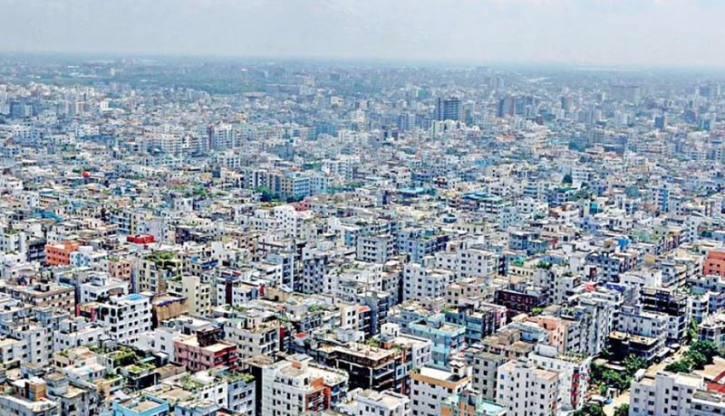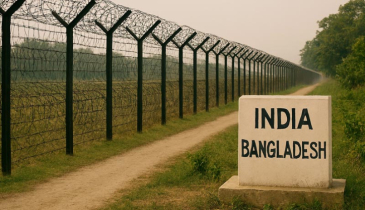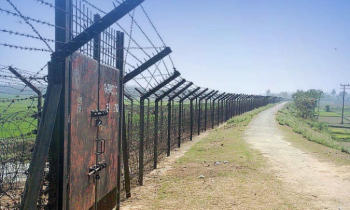Jakarta becomes world's largest city, Dhaka rises to second place: UN

Indonesia’s capital Jakarta has overtaken Tokyo to become the world’s largest city, with an estimated 41.9 million people living in its metropolitan area, according to a new United Nations assessment. Bangladesh’s capital Dhaka now ranks second with 36.6 million residents, reflecting one of the fastest urban population surges globally.
The findings come from the UN Department of Economic and Social Affairs’ latest World Urbanization Prospects 2025 report, which shows significant shifts in global urban demographics. Tokyo, long considered the world’s largest city, has slipped to third place with a relatively stable population of 33.4 million.
Dhaka’s rapid jump—from ninth to second place—highlights the city’s extraordinary growth, driven largely by migration from rural areas. Many move to the Bangladeshi capital in search of employment, while others flee climate-related disasters such as flooding, river erosion, and rising sea levels, challenges that are intensifying across the country.
The UN report also shows a dramatic rise in the number of megacities, defined as urban areas with over 10 million inhabitants. There are now 33 megacities worldwide—four times more than the eight recorded in 1975. Asia dominates the list, hosting 19 of the world’s megacities and nine of the top ten.
Alongside Jakarta, Dhaka, and Tokyo, the report lists New Delhi (30.2 million), Shanghai (29.6 million), Guangzhou (27.6 million), Manila (24.7 million), Kolkata (22.5 million), and Seoul (22.5 million) among the world’s largest urban centres. Cairo, with 32 million people, is the only non-Asian city among the top ten.
Beyond Asia, Brazil’s São Paulo remains the largest city in the Americas with 18.9 million residents, while Lagos has become sub-Saharan Africa’s biggest urban hub following rapid expansion.
The report projects that Dhaka is on track to become the world’s largest city by 2050 if current growth trends continue, raising concerns about housing, infrastructure, water supplies, and climate resilience in the already overcrowded capital.
.png)









